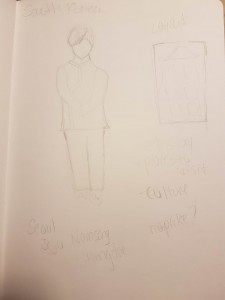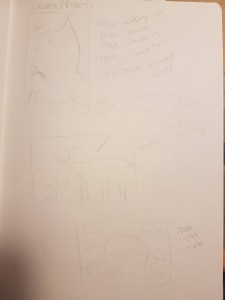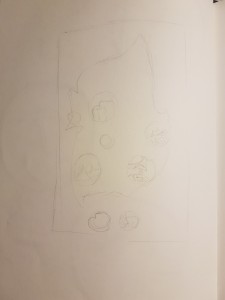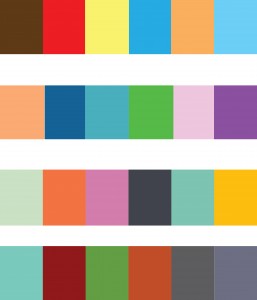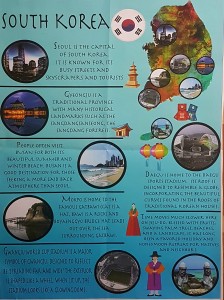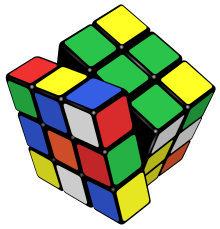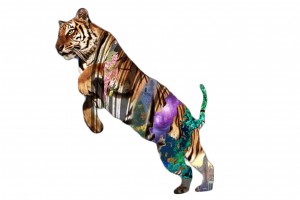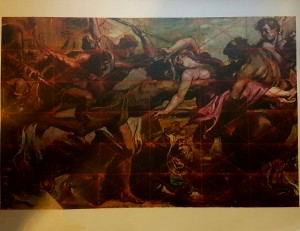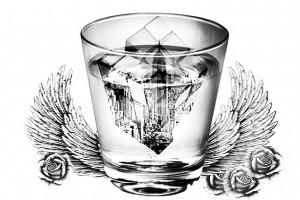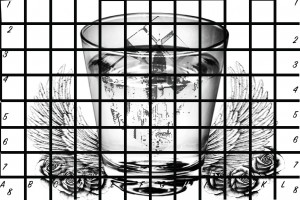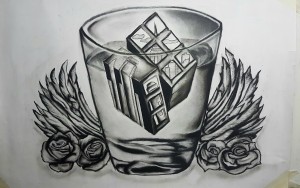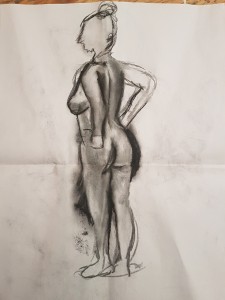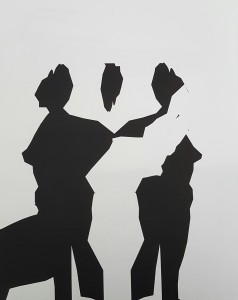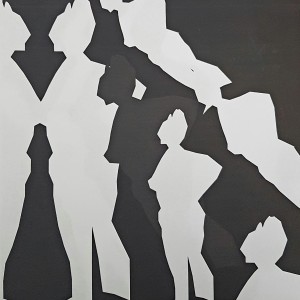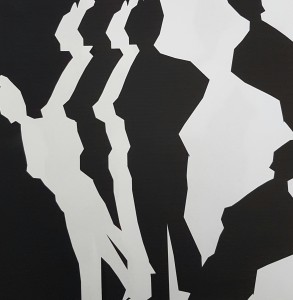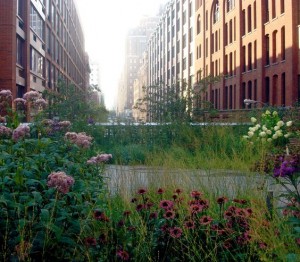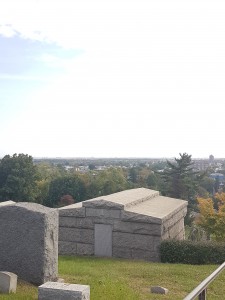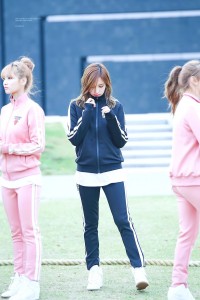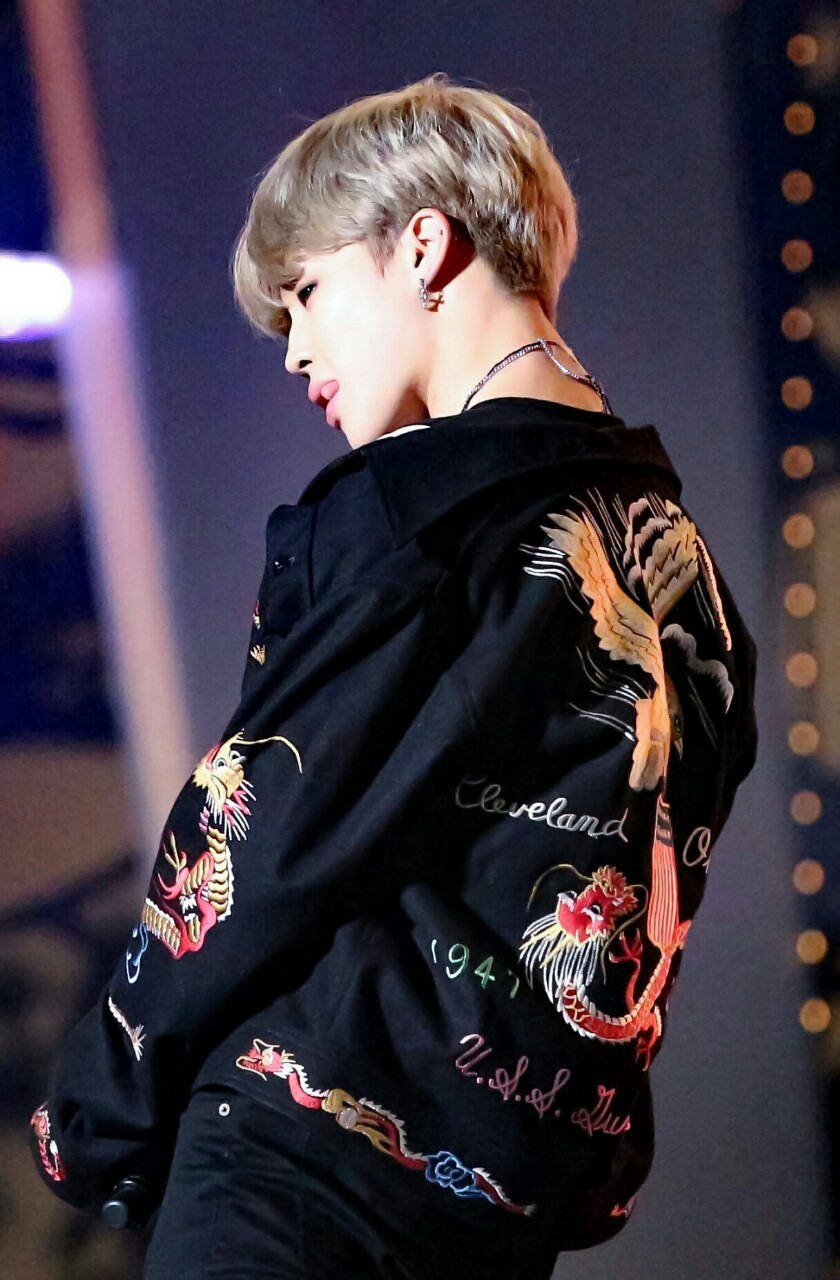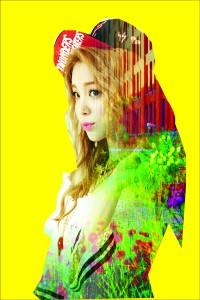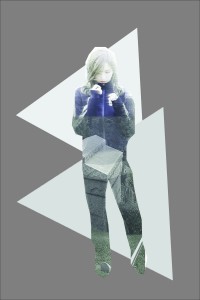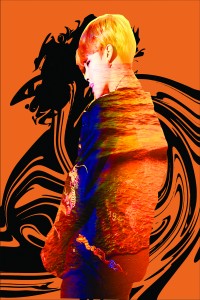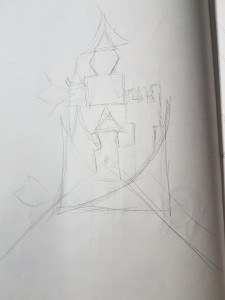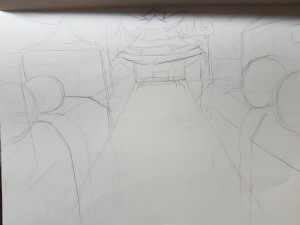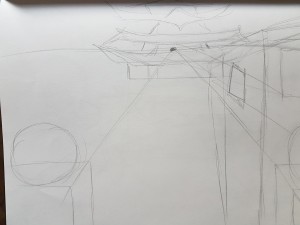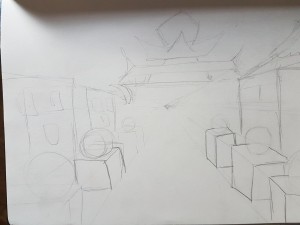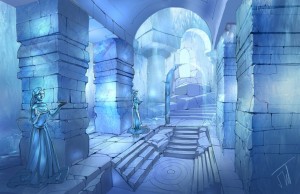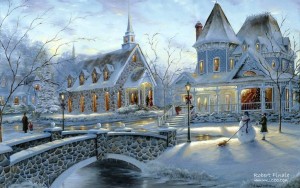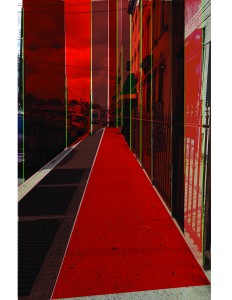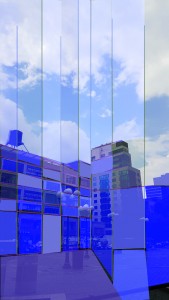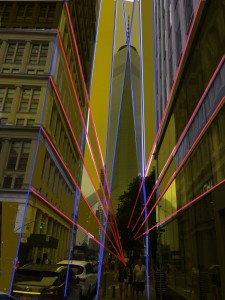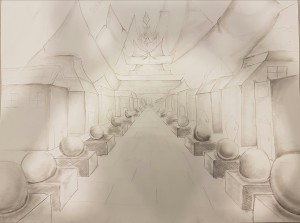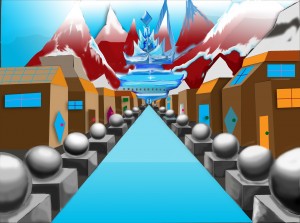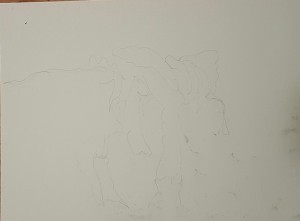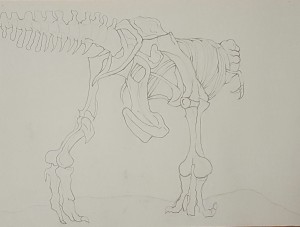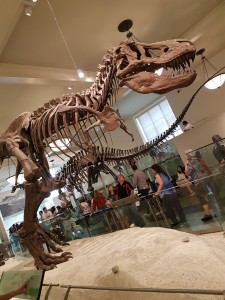A fifty-year old man named Virgil, who had been virtually blind since early childhood. He was born on a small farm in Kentucky soon after the outbreak of the Second World War, and had poor eyesight even as a toddler, sometimes bumped into things, seemed not to see them. At the age of three, he became gravely ill with a triple illness-a meningitis or meningoencephalitis (inflammation of the brain and its membranes), polio, and cat-scratch fever. During this acute illness, he had convulsions, became virtually blind, paralyzed in the legs, partly paralyzed in his breathing, and, after ten days, fell into a coma. When he woke up he was completely different person a lived his life blindly before his sight came back to him.
Virgil could still see light and dark, the direction from which light came, and the shadow of a hand moving in front of his eyes, so obviously there was not a total destruction of the retina. He had no idea of distance. He had no idea of space or size. And he was confused by drawings and paintings, by the idea of a two-dimensional representation of reality. he lacked a coherent visual field, because his central vision was poor, and it was almost impossible for the eye to fixate on targets; it kept losing them, making random searching movements, finding them, then losing them again.
Virgil could identify an animal by its motion or by virtue of a single feature-thus, he identify a kangaroo because it leaped, a giraffe by its height, or a zebra by its stripes-but he could not form any over-all impression of the animal. It was also necessary that the animal be sharply defined against a background; he could not identify the elephants, despite their trunks, because they were at a considerable distance and stood against a slate-colored background.
The first month Virgil saw a systematic exploration, by sight and touch, of all the smaller things in the house: fruit, vegetables, bottles, cans, cutlery, flowers, the knickknacks on the mantelpiece-turning them round and round, holding them dose to him, then at arm’s length, trying to synthesize their varying appearances into a sense of unitary objecthood. with Amy’s help, he started to use the line as a home base, making short sallies and excursions to either side of it, so that he could see the room, feel its walls and contents from different angles, and build up a sense of space, of solidity, of perspective.
I believe vision and perception work together in order to have sight but are slightly different. Perception is the conscious understanding of something while vision is the sense or ability of sight. Visual perception is the ability to interpret the surrounding environment by processing information that is contained in visible light. The resulting perception is also known as eyesight, sight, or vision.



